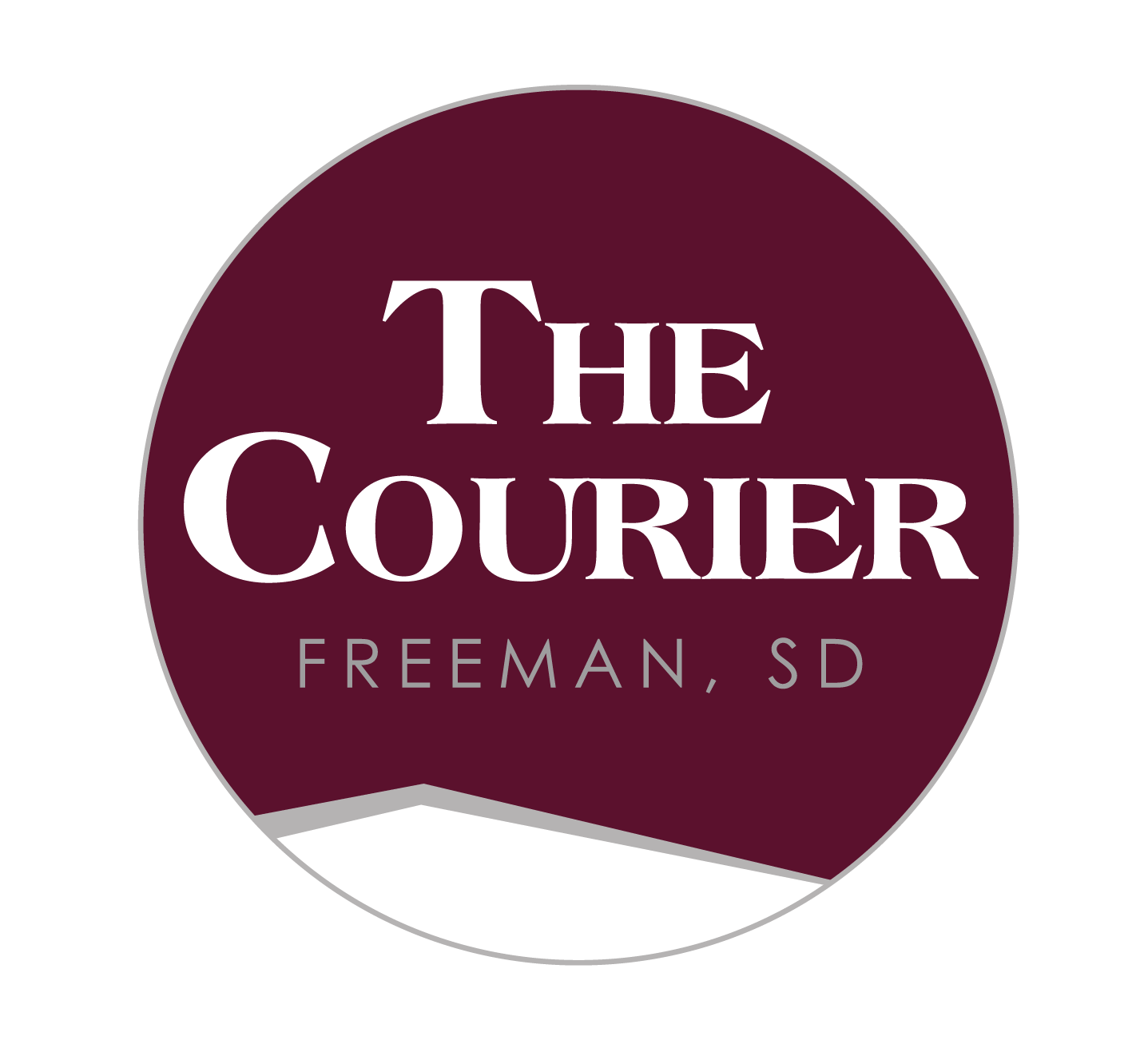FCDC ASKS COMMUNITY LEADERS TO EXPLORE STRENGTHS, OPPORTUNITIES
Dakota Resources facilitates Monday night meeting designed to launch local development corporation into three-year strategic plan
What does a thriving community look like?
What steps should be taken to strengthen areas that are deficient?
And who should be tasked with taking a leadership role toward that end?
Those were questions about 20 community leaders pondered at a special meeting hosted by the Freeman Community Development Corporation (FCDC) Monday night, Aug. 19.
The two-hour exercise doubled as both introspection and brainstorming and was led by Paula Jensen, the senior vice president and community coach with Dakota Resources, a Renner-based organization whose 25-year mission has been to work with rural communities and “connect capital and capacity” to build strength.
What was shared and discovered at the meeting will be summarized by Jensen as early as the end of this week and used by the FCDC to help put together a three-year strategic plan for community sustainability and growth.
“It all comes down to strategic planning and having a vision for the future of Freeman, where we’re working together within the community,” said Courtney Unruh, president of the FCDC. “We want actionable goals and to strengthen our partnership with the city.”
And she said with a new marketing and development coordinator in place — Shelly Wanninger, who was hired by the city and started her job in July — this is the perfect time to drill down on a plan.
“It’s an exciting opportunity,” Unruh said. “We have so many great organizations and clubs and businesses and I feel like this is a pivotal moment. We’re already a thriving community — we saw that Monday night. But we want to keep bettering ourselves. And I see people coming together to see that that happens.”
Community blueprint
Jensen has led similar exercises to the one she led Monday night with 18 community development corporations in towns with a population of 2,500 and fewer in the nine years she has been with Dakota Resources.
And at Monday’s meeting, which was made possible by a grant through the USDA, Jensen used a pyramid of 11 building blocks (see graphic below) to illustrate how a thriving community looks. Specifically, how base-level development like storytelling, quality of life, community engagement and housing solutions can lead to bigger things like business growth, recruitment and entrepreneur support.
It’s a relatively new way of thinking about economic development, Jensen said.
“What we’ve discovered is, if a community does not have these bottom two rows — quality of life, workforce, leadership development, infrastructure, public policy, housing and community engagement, if they’re missing one of those blocks — the foundation of that community becomes weak,” she said. “And it makes it really hard to do these traditional economic development goals of attracting business.”
And, Jensen said, rather than measuring community vitality by population trends, it’s better to look at what exists within that population, whatever it happens to be.
“Instead of saying we want growing communities, it’s a lot easier to talk about thriving,” Jensen said. “Because each community can thrive. And once we can thrive, oftentimes growth follows.”
Those attending Monday’s meeting — business owners, elected officials and representatives from community organizations — were split into five groups and asked to work together to identify areas where Freeman thrives, and then match those areas up with the pyramid’s bottom blocks on the community blueprint.
What emerged was an encouraging reflection of what Freeman has to offer, with examples ranging from schools and festivals to curb appeal, health care and storytelling through avenues like the newspaper and local museum. The group also noted the comprehensive services and volunteer spirit.
“You have a strong base,” said Jensen. “It’s impressive. I recently did one of these partner events in another community, and the thing that they talked about the most was that they can’t get people to volunteer in their community, so kudos to you for being able to do that.
“You’ve got a culture here of that kind of generosity,” she continued. “Not just generosity of financial needs, but generosity and support and giving back to the community.”
Jensen also asked those gathered to identify areas of need and brainstorm what group or organization might be able to drive improvement in those areas, whether that’s through financial resources or innovation. Some of those items listed included business development (restaurants), childcare, housing and support for local businesses and organizations from within the community.
“It’s important that we all work together to be better,” said Unruh, reflecting on the night. “It was exciting to see a lot of engagement and collaboration. There’s ownership in these ideas and these plans. If we have one common vision, we feel like we can get there faster.”
The FCDC is planning a follow-up meeting with the same group of community leaders on Sept. 9 to come up with more specific ideas about what a three-year strategic plan looks like. “This is an exciting time in Freeman,” Unruh said. “I see people coming together to make sure we’re even better than we are.”

